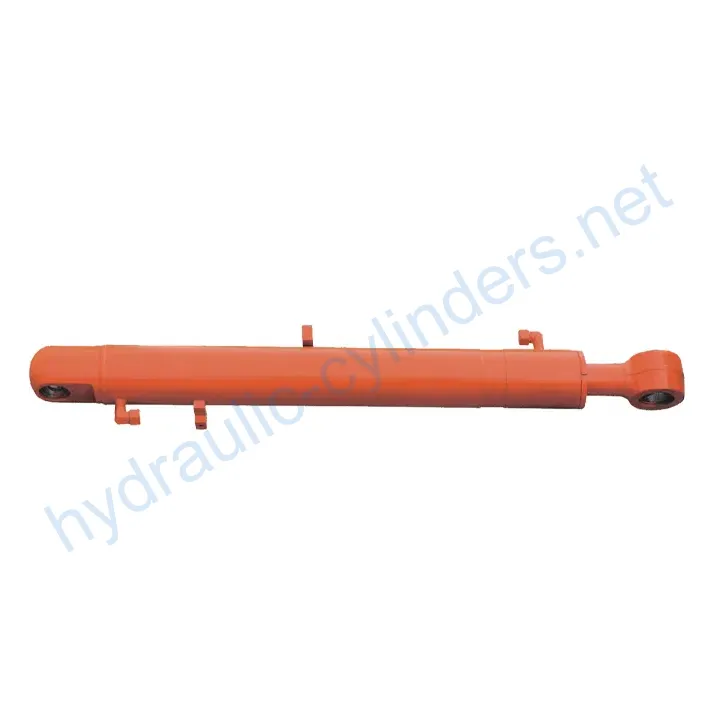Boom Cylinder For Dasin DS50-7
Boom Cylinder For Dasin DS50-7
Product Overview
The boom cylinder, specifically designed for the Dasin DS50-7, is an essential component in hydraulic systems, primarily utilized in heavy machinery. This type of hydraulic cylinder plays a pivotal role in controlling the movement of a bucket, which is critical for various applications such as excavation, loading, and material handling. The boom cylinder enables the bucket to lift, lower, and tilt, thereby facilitating efficient operation in construction sites and other heavy-duty environments.
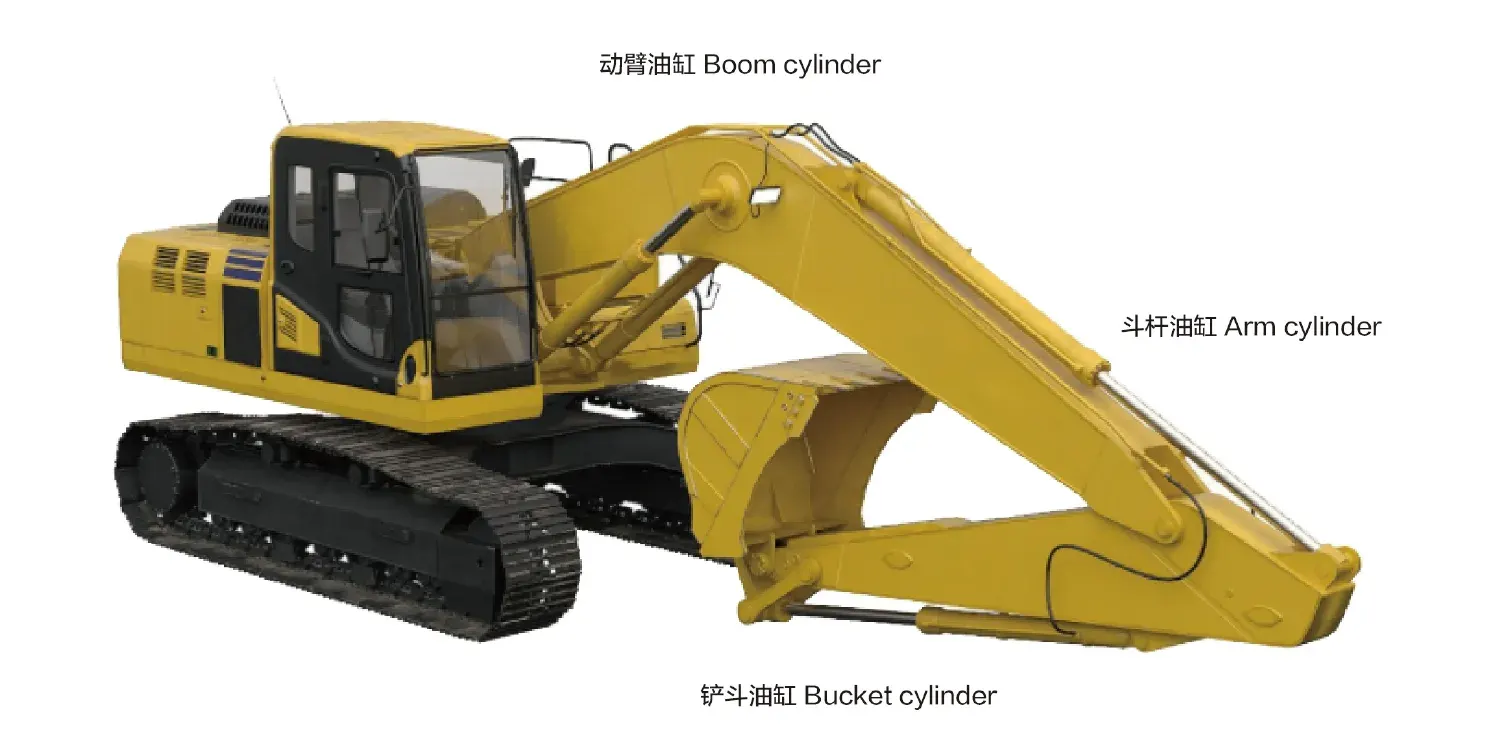
Definition of Bucket Cylinder
A bucket cylinder is a specialized hydraulic cylinder engineered to manage the motion of buckets in heavy equipment, including excavators, backhoe loaders, and front loaders. Its functionality is essential for tasks such as digging, lifting, and transporting materials. The hydraulic oil pressure within the cylinder allows for smooth and controlled movements, making it a critical component in maximizing the efficiency and effectiveness of heavy machinery.
Features of Boom Cylinder
- High Strength and Durability: Constructed from high-strength steel or aluminum, these cylinders can endure high pressure and heavy loads, suitable for harsh working environments with considerations for wear resistance and corrosion protection to extend their lifespan.
- Efficient Hydraulic Operation: The boom cylinder utilizes hydraulic oil pressure to achieve smooth extension and retraction, responding quickly to operator commands and providing substantial push and pull force for handling heavy and complex tasks.
- Versatile Types: Various configurations are available, including single-acting (hydraulic force in one direction) and double-acting (hydraulic force in both directions) cylinders. Some models are telescopic, allowing for greater extension without increasing external dimensions, ideal for space-constrained applications.
- Custom Production: We specialize in manufacturing this product and can provide perfect replacements for hydraulic cylinders, ensuring compatibility and performance.
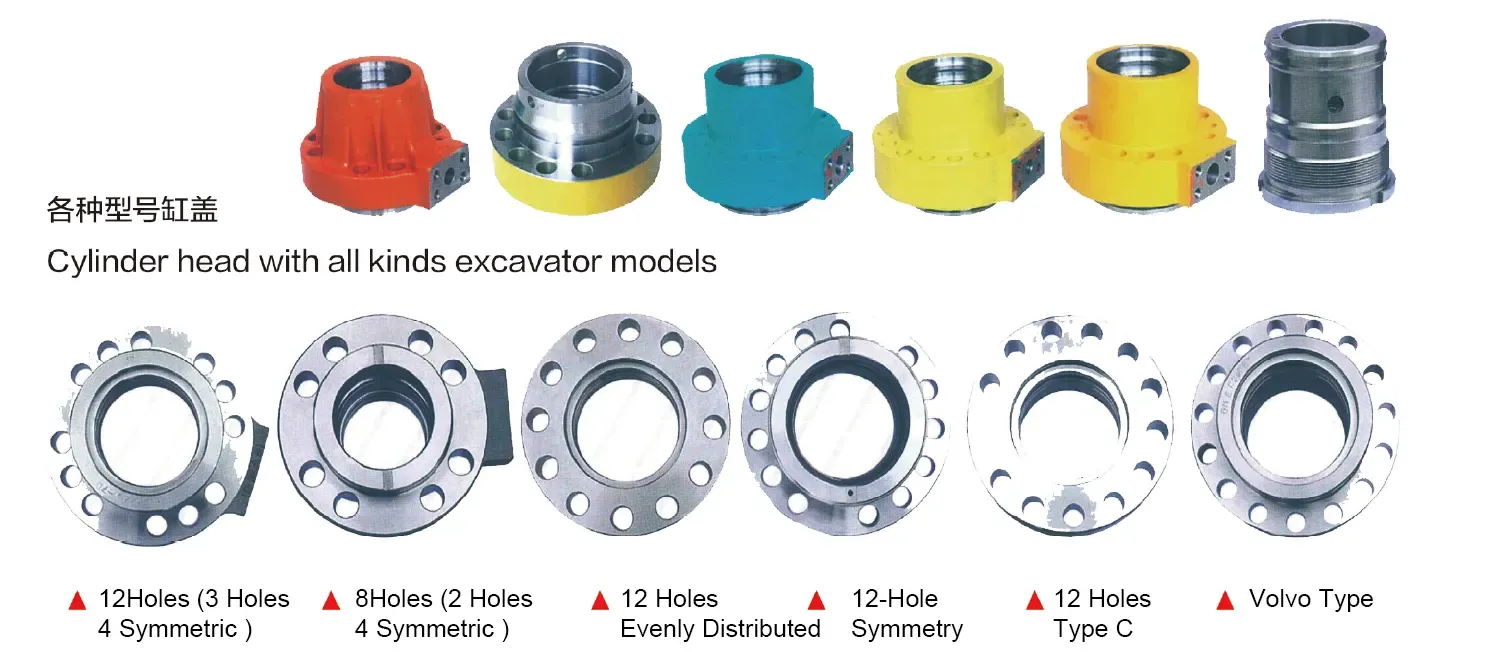
Applications of Boom Cylinder
Construction Equipment
In excavators, boom cylinders are vital for digging, loading, and moving earth or debris. Their ability to extend and retract allows for deep excavation and efficient load handling. The controlled movement ensures precision during operation, making them indispensable in construction projects.
Agricultural Machinery
Used in front-end loaders, boom cylinders facilitate the lifting, scooping, and transporting of soil, hay, and other materials. Their robust design allows for effective operation in farming conditions, providing the necessary power to perform heavy lifting tasks.
Excavators
The boom cylinder allows the bucket to penetrate the soil, enhancing the digging action. This capability is crucial for excavating foundations, trenches, and landscaping projects, showcasing the cylinder’s importance in agricultural and construction applications.
Loaders
In front loaders, boom cylinders assist in lifting and dumping loads efficiently. Their design ensures that heavy goods can be maneuvered with ease, optimizing productivity on job sites.
Design Considerations and Selection Criteria
Load Capacity
When selecting a boom cylinder, understanding its load capacity is critical. The cylinder must withstand the maximum load of the machinery while maintaining reliability and safety. Load capacity is determined by the material used, the cylinder’s diameter, and its design. Choosing the right load capacity avoids potential failures during operation, ensuring safety and effectiveness.
Sealing Technology
Effective sealing is essential for maintaining hydraulic pressure and preventing leaks. Seals must withstand high pressures and resist wear. Materials like polyurethane and nitrile rubber are commonly used due to their durability. The proper selection of seals can significantly impact the longevity and performance of the hydraulic system.
Durability
The durability of the boom cylinder is influenced by its material composition and design. High-quality materials ensure resistance to wear and tear, while appropriate surface treatments protect against corrosion. Regular assessments of the cylinder’s condition can help identify wear signs and enable timely maintenance, prolonging its operational life.
Safety Features
Safety is paramount when operating hydraulic systems. Boom cylinders should incorporate features like pressure relief valves and safety lock mechanisms to prevent accidents. These features enhance the operational safety of heavy machinery by reducing the risks associated with hydraulic failure.
Maintenance and Repairability
A well-designed boom cylinder should allow for easy maintenance and repair. Design considerations should include accessible parts for servicing, compatibility with standard maintenance tools, and straightforward procedures for replacing seals or components. Regular maintenance checks are critical to ensure ongoing safety and performance.

Sealing and Lubrication
Effective sealing and lubrication of boom cylinders are vital for optimal performance. Utilizing various sealing components, such as piston seals and rod seals, is crucial. Seals made from wear-resistant materials like polyurethane and nitrile rubber provide excellent durability. The cylinder body and threaded end surfaces should be finely processed to enhance wear resistance. Regularly replenishing hydraulic oil is necessary for lubrication, ensuring smooth operation and preventing premature wear.
Preventive Maintenance Measures
- Regular Inspections: Conducting routine inspections helps identify potential issues before they escalate. Check for leaks, cracks, and general wear, addressing any problems swiftly to maintain functionality.
- Proper Lubrication: Ensure that the hydraulic oil is at the appropriate level and is of high quality. Regular lubrication reduces friction and extends the lifespan of the hydraulic components.
- 更换密封件: Seals should be inspected regularly and replaced as needed. Worn or damaged seals can lead to leaks, compromising the hydraulic system’s efficiency.
Installation Guidelines
Installing a boom cylinder correctly is crucial for ensuring its effectiveness and longevity. Begin by carefully aligning the cylinder with the machinery’s mounting points. Use appropriate mounting brackets to secure the cylinder in place, ensuring it is properly aligned to avoid undue stress during operation. After securing the cylinder, connect the hydraulic lines, ensuring all fittings are tight and leak-free. Test the system for leaks and proper operation before putting the machinery into service, following the manufacturer’s instructions for optimal results.
Common Maintenance Tasks
- Regular Inspections: Consistently check the boom cylinder for any signs of wear or damage. Early detection of issues allows for timely repairs, minimizing downtime and potential hazards.
- Proper Lubrication: Maintaining adequate lubrication is vital for preventing excessive wear. Regularly check and refill hydraulic oil as necessary to ensure smooth operation.
- 更换密封件: Regularly inspect seals for signs of damage or wear. Replacing them promptly helps maintain hydraulic pressure and prevents leaks, ensuring the system functions correctly.
Safety Considerations and Environmental Factors
When utilizing boom cylinders, adhering to safety protocols is critical. Operators should be trained to recognize potential hazards associated with hydraulic systems, including the risks of hydraulic fluid leaks and cylinder failure. Implementing safety measures, such as using personal protective equipment and conducting regular safety audits, minimizes risks. Furthermore, considering environmental factors when operating hydraulic systems can help prevent environmental degradation caused by leaks or spills.
Fault Diagnosis and Common Issues
- Hydraulic Fluid Leaks: Leaks can occur due to worn seals or loose fittings. Regular inspections should be performed to detect leaks early and address them promptly.
- Slow or Erratic Movement: This may indicate low hydraulic fluid levels or air in the hydraulic system. Check fluid levels and bleed the system if necessary.
- Excessive Noise: Unusual sounds during operation can suggest mechanical issues. Investigate the source of the noise and address any mechanical failures immediately.
Troubleshooting Tips
To effectively troubleshoot issues with the boom cylinder, start by identifying the problem accurately. For hydraulic fluid leaks, inspect seals and connections, tightening any loose fittings. If movement is slow or erratic, check the hydraulic fluid level and bleed the system to remove any trapped air. For excessive noise, examine the cylinder for mechanical wear or damage. Implementing preventive measures, such as regular maintenance and inspections, can significantly reduce the occurrence of these issues.
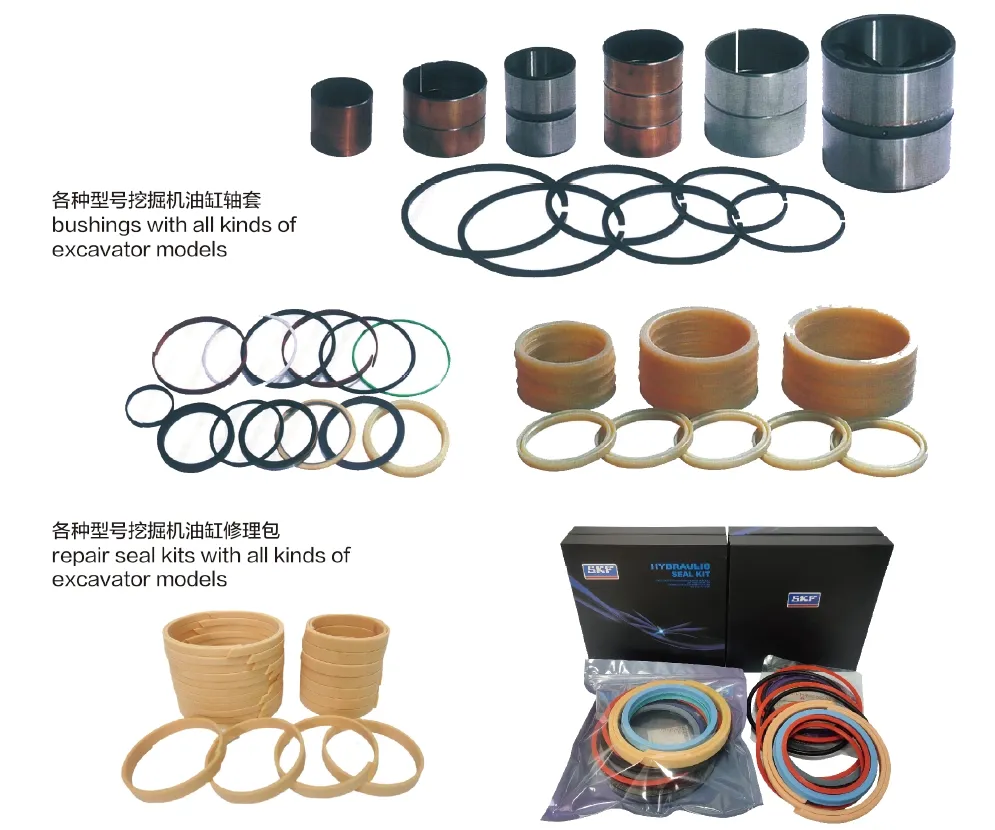
About Our Company
We are a leading manufacturer and wholesale distributor of hydraulic cylinders, known for our extensive product range and commitment to quality. Our company follows a strategy of excellence in manufacturing, aided by a refined production management approach. Utilizing skilled technical personnel, advanced digital manufacturing equipment, and a professional testing system, we continually enhance our manufacturing platform and ensure high-quality production.
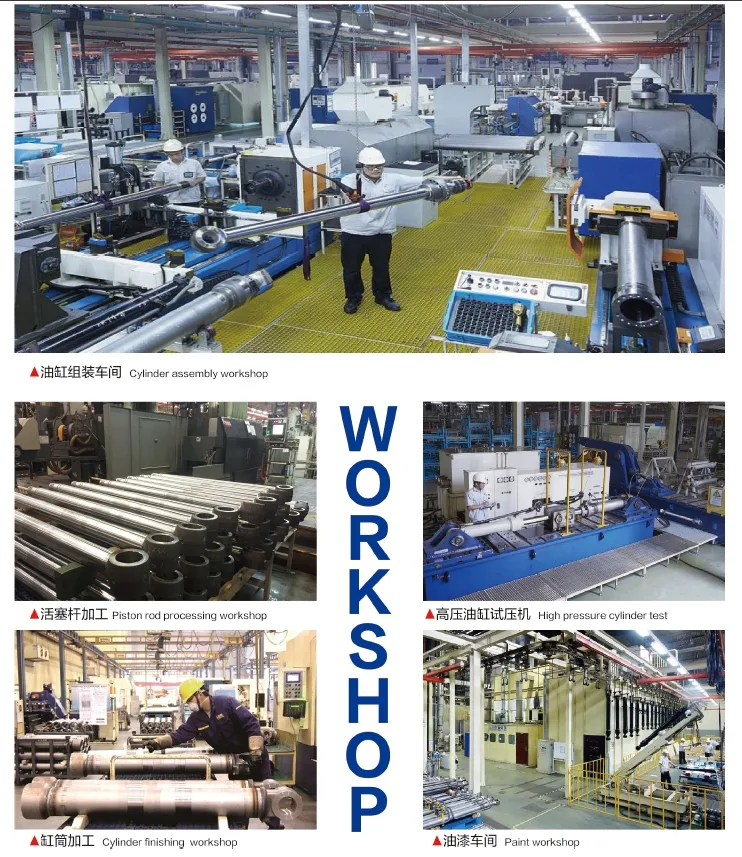
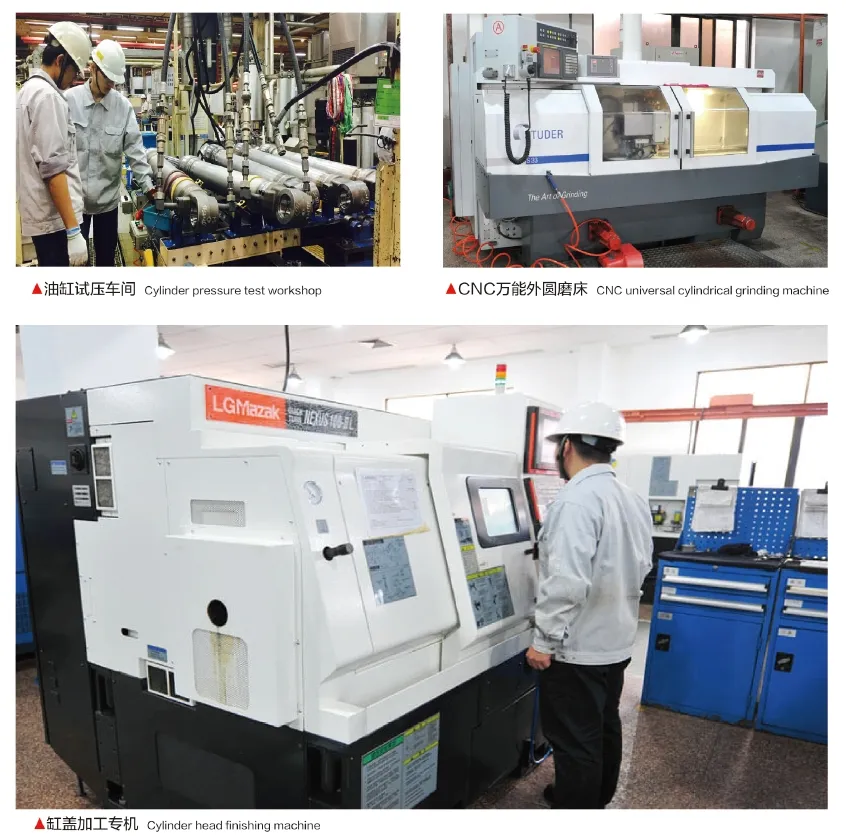
Professional Expertise
Our team comprises experts in hydraulic technology, ensuring that our products meet international standards. We offer customizable solutions tailored to meet the specific needs of our customers.
International Certifications
Our products are certified to meet international quality standards, reassuring our clients of the reliability and safety of our hydraulic cylinders.
Custom Services
We provide custom services to meet unique requirements, ensuring that our clients receive products that perfectly fit their applications.
Manufacturing Equipment
Our state-of-the-art manufacturing equipment enables us to produce high-quality hydraulic cylinders with precision and efficiency.
After-Sales Support
We pride ourselves on our exceptional after-sales service, providing support to our clients throughout the lifespan of our products, ensuring customer satisfaction.
Author: lyl
参观我们的 VR 工厂
通过以下方式参观我们的 VR 工厂
液压缸应用:


